Gait and Locomotion blog posts
Gait and locomotion studies in animals uncover links between movement patterns and various neurological or motor disorders. These studies provide invaluable insights for the therapeutic development of treatments and cures for these disorders.
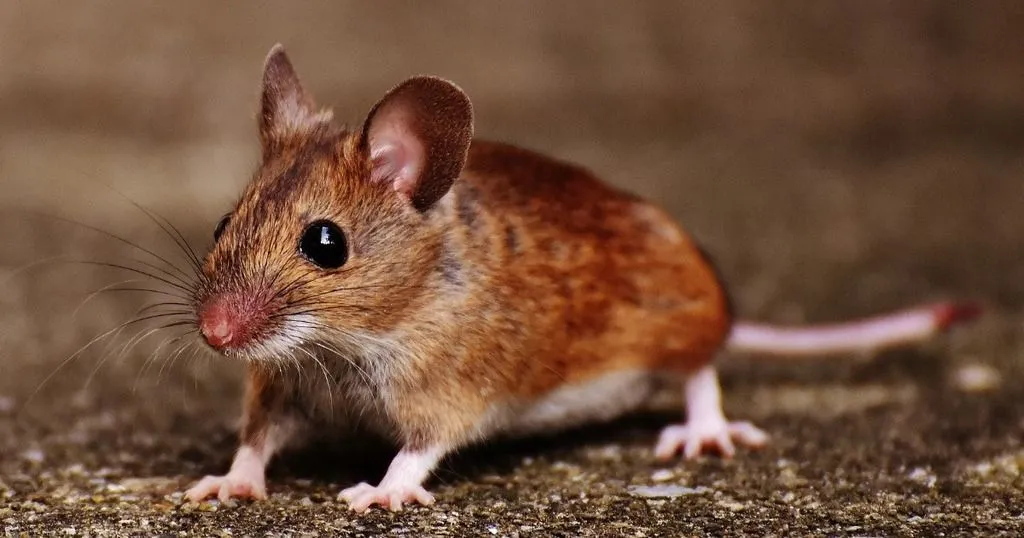
06 May
animal behavior research
Gait and Locomotion
Testing without stress: high-throughput phenotyping
The ability to recognize harmful situations and respond accurately is important for the survival of any animal. In order to respond to these situations the animal must be able to learn, remember, and alter its behavior.
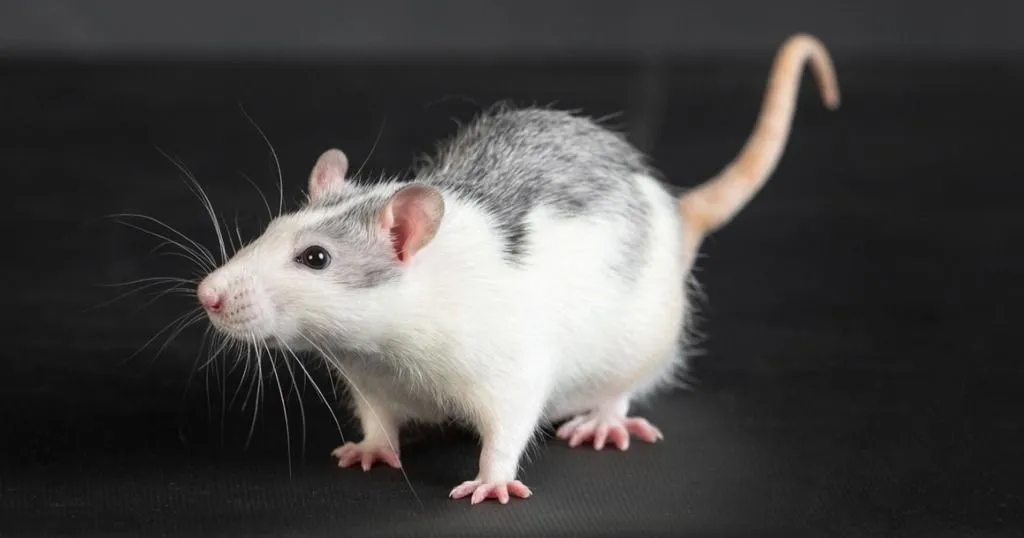
05 Jul
animal behavior research
Gait and Locomotion
Time based relations in gait analysis
I have written two blog posts about static gait parameters. Now it’s time to talk about all four paws, and the time based relationships between them. If you ask me, we’ve been saving the best blog post for last!
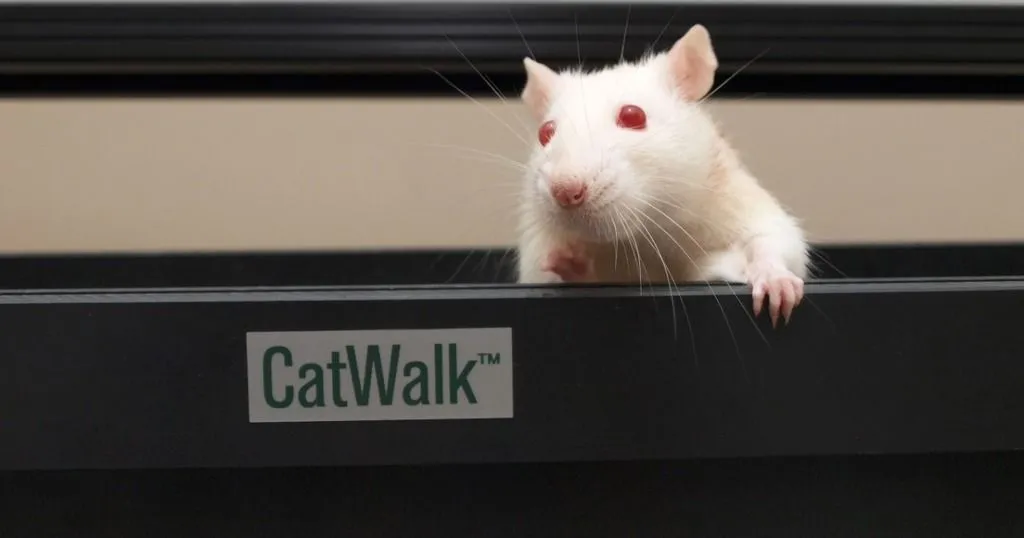
28 Jun
animal behavior research
Gait and Locomotion
Going the distance - and why it matters in gait analysis
A footprint, that is. With CatWalk XT, you can extract a lot of information from just one footprint. In this post, I am taking it a step further by talking about the relationship between prints.

21 Jun
animal behavior research
Gait and Locomotion
What a print can tell
So what can one footprint tell you? Well, it could tell you a lot. Simply putting the paw in ink and studying the print left behind is one way to go about it, but there are far more sophisticated ways of footprint analysis.
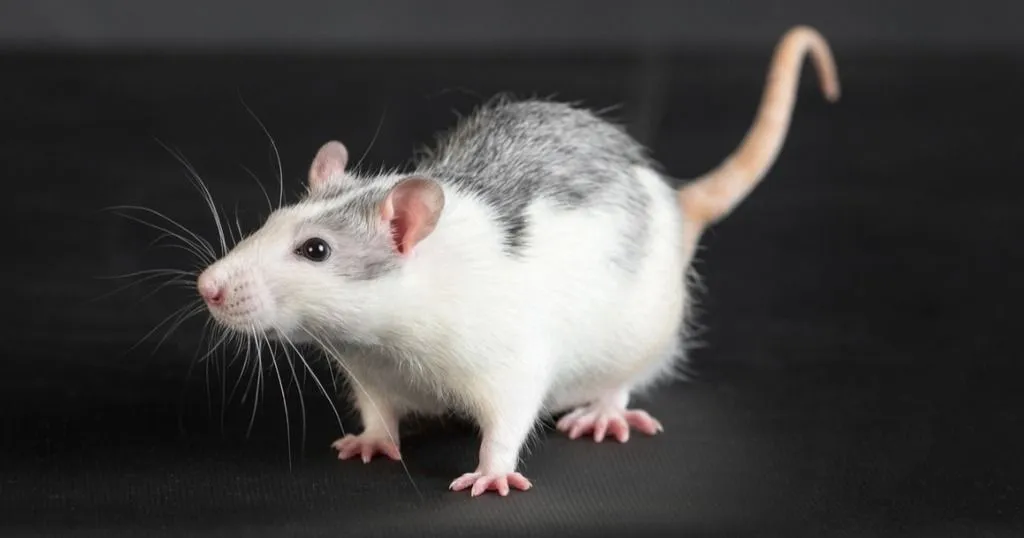
03 May
animal behavior research
Gait and Locomotion
What gait can tell: 3 blogs that will help you understand
The usefulness of gait is well established in research on spinal cord injury, ataxia, and arthritis. But in fact, research on all disorders that influence gait in any way, can benefit from gait and footfall analysis.
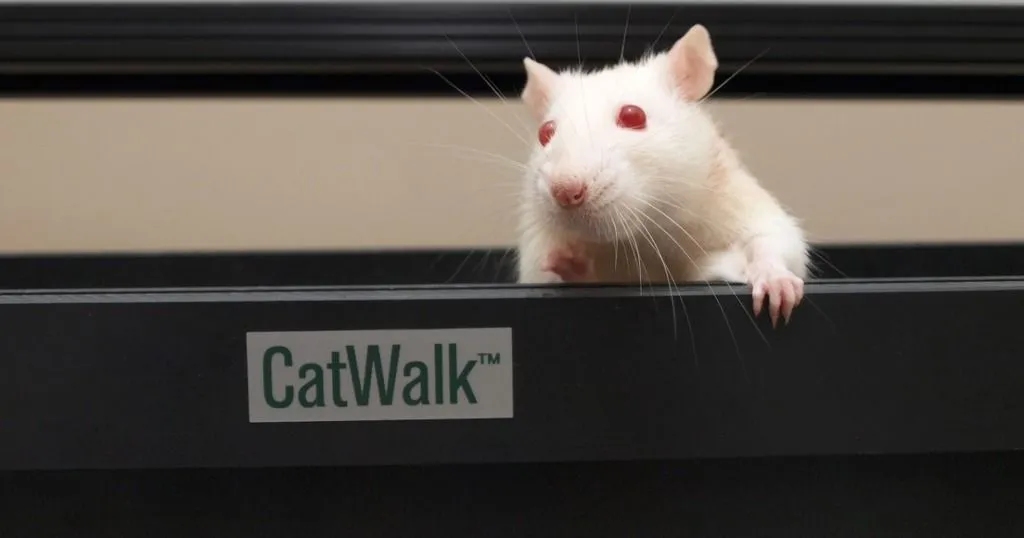
01 Dec
animal behavior research
Gait and Locomotion
Recent applications of locomotor and gait analysis
Stem cell research is a promising area of research for spinal cord injury. With 1,25 million individuals suffering from chronic spinal cord injury in the US alone, new treatment approaches are necessary.